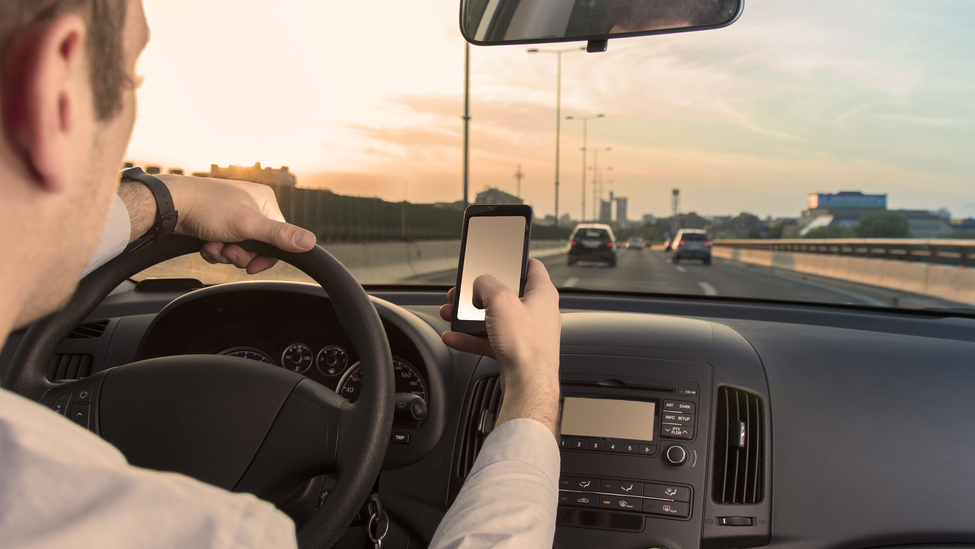Drowsy Driving Statistics and Facts


Whether it’s due to medication, a sleep disorder or a poor night’s rest, new research points to the risks and potential dangers of drowsy driving. Missing one to two hours of the recommended seven hours of sleep a night nearly doubles the risk of a car accident.1 Sleepiness can come without warning, so drivers should prioritize getting enough sleep and avoid driving when they are fatigued.
“Driving tired can be like driving while intoxicated,” said Chris Hayes, a safety professional with Travelers Risk Control. Sleep-deprived drivers can find they have reduced reaction times, and impaired judgment and decision-making abilities behind the wheel. While fatigue can affect anyone, drowsy driving is preventable.
Avoid Driving While Drowsy
“While drivers should stay off the road when they feel tired or haven’t gotten enough sleep, it’s also important that they recognize and react to signs of fatigue if they do set in,” said Hayes. Drivers may have trouble keeping their eyes open, may not remember the last stretch of miles driven, and may drift from lane to lane.
Drowsy drivers can find they are experiencing micro-sleeps, or one- to two-second bursts of sleep, followed by a moment of being joltingly awake. Sometimes, the rumble strip along the side of the lane will rouse sleepy drivers, and there’s a danger of awaking suddenly and jerking the steering wheel too far.

Driving tired can be like driving while intoxicated.
Chris Hayes
Travelers Risk Control safety professional
- No substitute for sleep. “Fatigue is not something you can eat or drink your way out of,” explains Hayes. While some drivers may decide to get a cup of coffee or an energy drink to stay awake and alert, or roll down their windows for fresh air, there’s no substitute for sleep. If you are having trouble staying awake, it’s best to get off the road until you are more rested.
- How much sleep is enough? Some drivers may think they can operate on little sleep. However, the National Health Institute recommends that adults get between 7 and 8 hours of sleep a night.2 While the exact amount of sleep an individual needs will vary from person to person, repeatedly operating at a sleep debt can add up and the results can be deadly.
- Choose your travel time wisely. Plan your driving for times when you are the most alert. And remember that in addition to your own drowsiness, other sleepy drivers also present a danger. Nearly half of drowsy drivers nod off between 9 p.m. and 6 a.m.,3 so consider planning your travel to avoid trips at those times.
- Use the buddy system. Switch drivers when you feel sleepy. Planning to have another driver available, especially for long trips or when driving overnight, can help give you a break and also help you recognize when fatigue is setting in.
- Avoid driving when taking certain medications. Drivers who would never consider getting behind the wheel while intoxicated might not consider the risks of antihistamines and other medications that can cause drowsiness. Take extra precautions when taking medications that might cause drowsiness, including avoiding driving.
As adults become busier and sacrifice sleep for other activities, it’s important to remember the effects that lost sleep can have. Drivers falling asleep at the wheel claimed 846 lives in 2014,4 though traffic safety experts believe many more accidents caused by sleepiness likely go unreported. Unlike alcohol, there is no test to determine if a driver was fatigued or fell asleep at the wheel. But it’s a risk that is preventable, especially when drivers understand the importance of a full night’s sleep.



